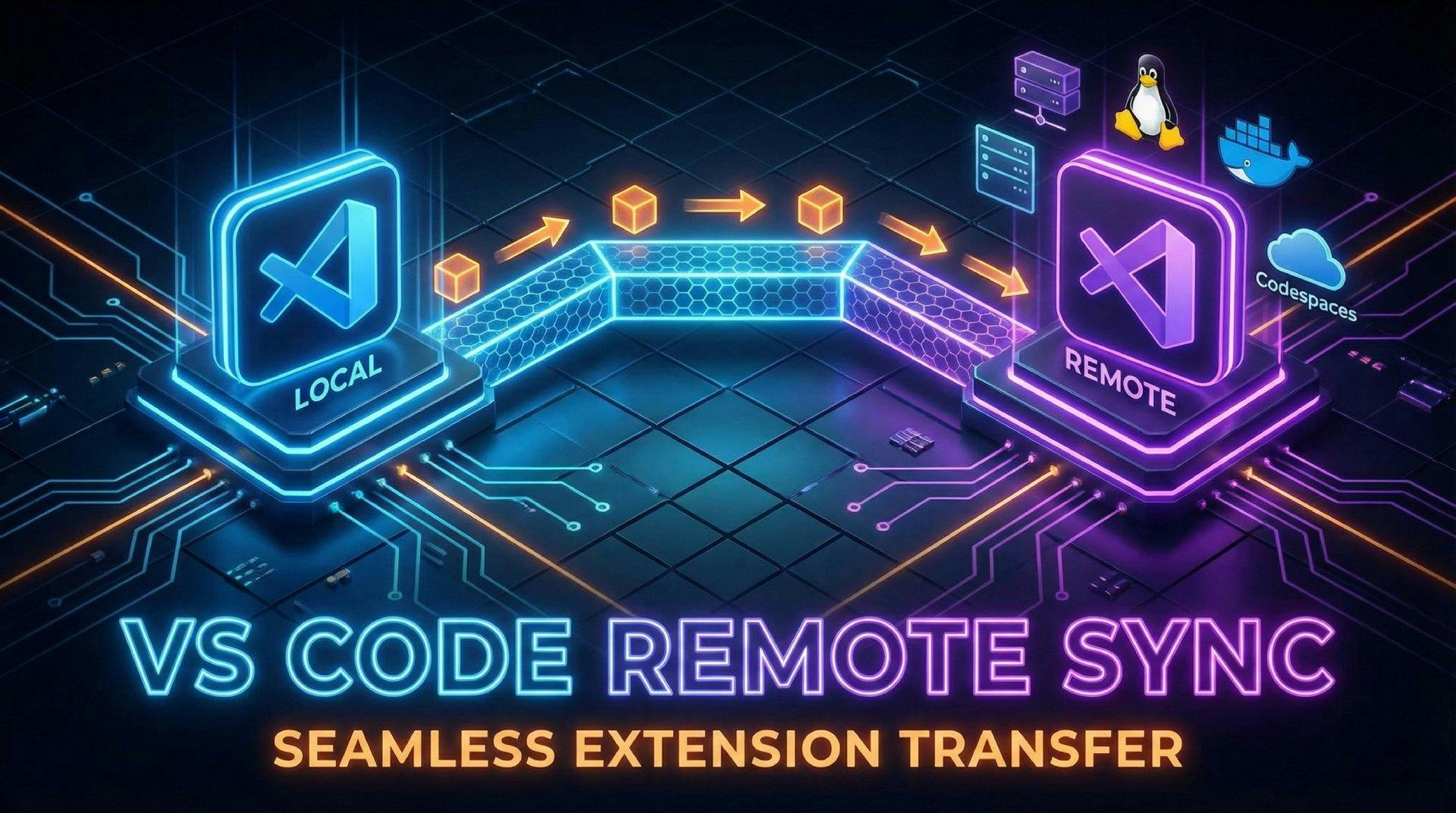Automating Frappe Bench Start in WSL with some simple steps


Starting your Frappe Bench in Windows Subsystem for Linux (WSL) can involve a few repetitive steps. This blog post will show you how to automate this process, saving you time and effort.
Every time you want to work on your Frappe project, you likely have to:
WSL distribution (e.g., Ubuntu). virtual environment. Frappe Bench directory. bench start. This process can be repetitive. However, we can automate it using the .bashrc file while also gaining a better understanding of how .bashrc works.
Bash Script and PATHWe'll use a simple Bash script and leverage the PATH environment variable to streamline this process.
.bashrc?The .bashrc file is a script that runs automatically whenever you start a new Bash shell session in Linux, including WSL (Windows Subsystem for Linux). It is located in your home directory:
~/.bashrcFirst, create a script named frappe_start.sh (or any name you prefer) in a convenient location within your WSL filesystem. I recommend creating a dedicated directory for your scripts. In this example, we'll use ~/customScript:
mkdir ~/customScript
cd ~/customScript
nano frappe_start.shNow, paste the following content into frappe_start.sh, making sure to replace /mnt/c/Users/USER with your actual Windows user path as it appears in WSL:
#!/bin/bash
cd
source ./env/bin/activate
cd frappe-bench/
bench startSave the file and make it executable:
chmod +x frappe_start.shCheck the location using pwd command and copy the path for the next step
pwdExample Usage:
sab@DESKTOP-KANOFJB:~/customScript$ pwd
/home/sab/customScriptPATHThe PATH environment variable tells your shell where to look for executable files. We need to add the directory containing our script to PATH. To make this change persistent, we will modify the .bashrc file.
Open the .bashrc file:
nano ~/.bashrcAdd the following line at the end of the .bashrc file, replacing /home/sab/customScript with the actual path to your customScript directory within WSL:
export PATH=$PATH:/home/sab/customScript # **REPLACE THIS WITH YOUR ACTUAL PATH**Save the .bashrc file and apply the changes:
source ~/.bashrcNow, simply open your WSL terminal and type:
frappe_start.shOr, if you named your script frappe_start:
frappe_startYour Frappe Bench should start automatically!
✅ WSL Paths: Remember that paths within WSL differ from Windows paths. Use the WSL path (e.g., /mnt/c/Users/USER) rather than the Windows path (e.g., C:\Users\USER).
✅ .bashrc Persistence: The .bashrc file is crucial for making the PATH change persistent across WSL sessions.
✅ Script Location: Choose a convenient location for your script. Keeping it in a dedicated directory like ~/customScript is a good practice.

What happens when you create a DocType in Frappe? We break down the .json, .js, and .py files generated by the framework and how to use them.

Tired of missing VS Code extensions in remote projects? Learn 4 easy ways to sync your local extensions to SSH, WSL, and Docker environments automatically.

Getting Permission denied in Frappe? Learn why it happens and how to fix file ownership issues in your bench with one simple command.